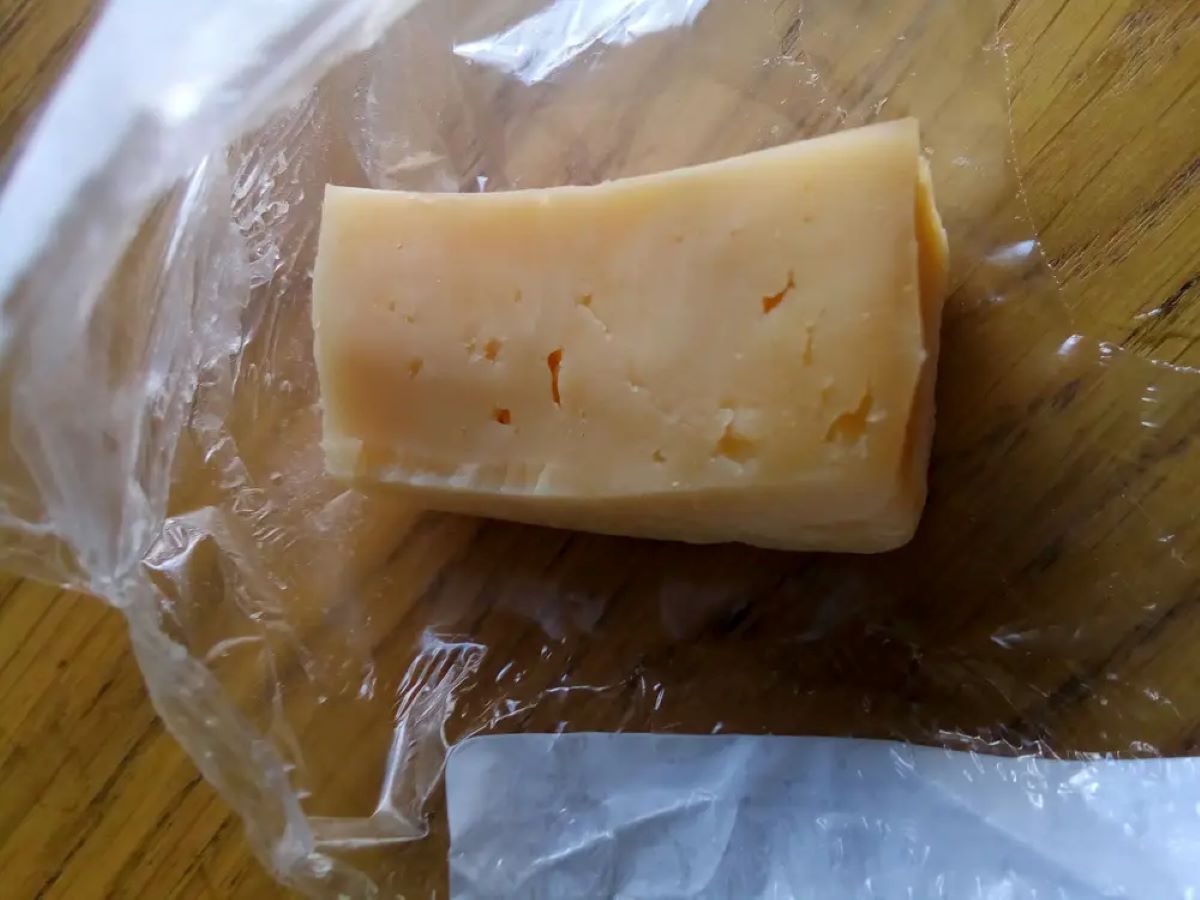

Articles
How To Store Block Cheese After Opening
Modified: February 23, 2024
Learn the best methods to store block cheese after opening in this informative article. Keep your cheese fresh and mold-free with these tips.
(Many of the links in this article redirect to a specific reviewed product. Your purchase of these products through affiliate links helps to generate commission for Storables.com, at no extra cost. Learn more)
Introduction
When it comes to enjoying a delicious block of cheese, proper storage is key. Whether you’re a cheese connoisseur or simply enjoy adding a slice to your favorite sandwich, knowing how to store block cheese after opening is crucial to maintain its quality and extend its shelf life. Improper storage can lead to mold growth, texture changes, and an overall deterioration in taste.
Learning the basics of cheese storage will not only help you avoid wasting precious cheese, but it will also allow you to make the most out of your purchase. In this article, we will explore the importance of proper storage, the factors that influence block cheese shelf life, and provide you with step-by-step instructions on how to store block cheese after opening.
So, if you’ve ever wondered how to keep your block cheese fresh, read on to discover the best practices for storing and enjoying your favorite cheeses.
Key Takeaways:
- Proper storage of block cheese is crucial to maintain its flavor, texture, and safety. By following the steps outlined in this article, you can ensure that your cheese stays fresh and delicious for an extended period.
- Understanding the factors that affect block cheese shelf life empowers you to make informed decisions about storing your cheese. From re-sealing the original packaging to freezing for longer-term storage, these steps will help you maintain the quality of your block cheese.
Read more: How To Store Mozzarella Cheese After Opening
Importance of Proper Storage
Proper storage is essential to maintain the quality and extend the shelf life of block cheese. When cheese is exposed to air, moisture, and other external factors, it can quickly deteriorate and lose its flavor, texture, and nutritional value.
One of the main reasons why proper storage is important is to prevent the growth of mold on the cheese. Mold can develop on the surface of the cheese and spread throughout, making it unsafe to consume. By storing block cheese correctly, you can minimize the risk of mold growth and ensure its safety for consumption.
Furthermore, proper storage helps to preserve the taste and texture of the cheese. Exposure to air can cause the cheese to dry out or become overly moist, leading to a loss of flavor and a change in its texture. By storing it properly, you can maintain the integrity of the cheese and enjoy its distinct flavor and creamy or crumbly texture.
Additionally, storing block cheese properly can help prevent cross-contamination with other food items in your refrigerator. Cheese has a strong aroma and can easily absorb odors from other foods, affecting its flavor. By storing it in airtight containers or wrapping it tightly, you can prevent the cheese from absorbing unwanted odors.
Proper storage also helps to minimize food waste and save money. When cheese is not stored correctly, it can spoil quickly, forcing you to discard it. By following the proper storage guidelines, you can extend the shelf life of your block cheese, allowing you to enjoy it for a longer period and reduce unnecessary waste.
Overall, proper storage is crucial to maintain the quality and safety of block cheese. By storing it appropriately, you can preserve its flavor, texture, and nutritional value, while also preventing cross-contamination and reducing food waste.
Factors Affecting Block Cheese Shelf Life
Several factors can influence the shelf life of block cheese. Understanding these factors will help you determine how long your cheese will stay fresh and flavorful. Here are the key factors that affect the shelf life of block cheese:
- Moisture content: The moisture content of block cheese plays a significant role in determining its shelf life. Cheeses with higher moisture content, such as fresh mozzarella or feta, have a shorter shelf life compared to drier cheeses like cheddar or Parmesan. Higher moisture levels provide an ideal environment for bacterial growth, shortening the cheese’s longevity.
- Type of cheese: Different types of cheese have varying shelf lives. Soft and semi-soft cheeses like Brie or Camembert have a shorter shelf life due to their higher moisture content. Hard cheeses like aged cheddar or Parmesan have a longer shelf life, thanks to their lower moisture content and higher salt content, which acts as a natural preservative.
- Packaging: The packaging method used for block cheese can significantly impact its shelf life. Cheese that is vacuum-sealed or tightly wrapped in plastic wrap or wax paper will have a longer shelf life compared to cheese stored in open or loosely sealed containers. Proper packaging helps to prevent air exposure and moisture loss, preserving the quality of the cheese.
- Temperature: Temperature control is crucial in maintaining the freshness of block cheese. Cheese should be stored in a cool environment, preferably between 35°F to 45°F (2°C to 7°C). Avoid storing cheese in the refrigerator door as it is the warmest area. Fluctuating temperatures can accelerate the spoilage process and affect the texture and flavor of the cheese.
- Exposure to air: Cheese is sensitive to air exposure, which can lead to drying out or the growth of mold. It’s essential to keep block cheese tightly sealed or wrapped to protect it from contact with air. Oxygen exposure can cause the cheese to become dry, and mold spores can enter and contaminate the cheese, leading to spoilage.
By keeping these factors in mind, you can take the necessary steps to ensure the longevity of your block cheese and enjoy it at its best. Now that we’ve discussed the factors affecting shelf life let’s delve into the steps on how to store block cheese after opening.
Step 1: Re-sealing the Original Packaging
When you purchase a block of cheese, it often comes wrapped in its original packaging. This packaging is designed to preserve the freshness and flavor of the cheese. One of the easiest ways to store block cheese after opening is by re-sealing the original packaging. Here’s how:
- Inspect the packaging: Check the condition of the original packaging. Ensure that it is intact and free from any damage or punctures. If the packaging has been compromised, it’s best to transfer the cheese to a different container or wrap it in new packaging.
- Remove any excess air: Squeeze out any excess air from the packaging. This helps prevent the cheese from oxidizing and drying out.
- Re-seal the packaging: Use airtight clips, binder clips, or rubber bands to secure the opening of the packaging. Make sure it is tightly sealed to prevent air from entering.
- Label the packaging: If the packaging does not have a label indicating the cheese type or expiration date, it’s a good idea to label it yourself. This will make it easier to identify the cheese and keep track of its freshness.
Re-sealing the original packaging is a convenient option as it allows you to store the cheese in its intended packaging, which is designed to maintain its freshness. However, this method may not be suitable if the original packaging is damaged or if you want to store the cheese for an extended period. In such cases, it’s best to proceed to the next step for proper storage.
Step 2: Wrapping in Wax or Parchment Paper
If the original packaging of your block cheese is not suitable for long-term storage or if it has been compromised, wrapping the cheese in wax or parchment paper is an excellent alternative. This method helps to protect the cheese from air exposure and moisture loss, preserving its flavor and texture. Here’s how to wrap block cheese in wax or parchment paper:
- Ensure the cheese is dry: Before wrapping the cheese, ensure that it is dry. Excess moisture can lead to mold growth and spoilage. Pat the cheese gently with a paper towel to remove any moisture on the surface.
- Cut a piece of wax or parchment paper: Cut a piece of wax or parchment paper that is large enough to fully wrap the block of cheese. The paper should be approximately twice the size of the cheese to allow for proper wrapping.
- Place the cheese on the paper: Position the block cheese in the center of the paper. Ensure that there is enough paper on all sides to completely cover the cheese.
- Wrap the cheese: Fold one side of the paper over the cheese, tucking it tightly. Fold the remaining sides over the cheese, making sure that it is fully covered and there are no openings for air to enter.
- Secure the wrapping: You can secure the wrapping with tape or string to prevent it from unfolding. However, avoid using plastic wrap or aluminum foil as they can trap moisture and affect the quality of the cheese.
- Label the wrapping: To easily identify the cheese and keep track of its freshness, label the wrapping with the cheese type and date of wrapping.
Wrapping block cheese in wax or parchment paper provides a protective barrier against air and moisture, helping to preserve its quality. It also allows the cheese to breathe, preventing it from becoming overly moist or developing off-flavors. It’s important to note that this method is suitable for short to medium-term storage. For longer-term storage, consider the next step: placing the cheese in an airtight container.
Read more: How To Store Brie Cheese After Opening
Step 3: Placing in an Airtight Container
In addition to wrapping block cheese in wax or parchment paper, placing it in an airtight container further enhances its freshness and extends its shelf life. An airtight container helps to create a controlled environment by preventing air, moisture, and odors from permeating the cheese. Follow these steps to properly store block cheese in an airtight container:
- Select a suitable container: Choose a clean and dry airtight container that is large enough to accommodate the block cheese. Glass or plastic containers with tight-fitting lids work best for storing cheese.
- Ensure the container is clean and dry: Clean the container thoroughly with warm, soapy water and rinse it well. Make sure the container is completely dry before placing the cheese inside.
- Wrap the cheese in wax or parchment paper: Prior to placing the cheese in the container, wrap it in wax or parchment paper as described in Step 2. This helps to protect the cheese and maintain its integrity.
- Place the wrapped cheese in the container: Gently place the wrapped block cheese in the airtight container. Ensure that the container is not overcrowded, allowing some space for air circulation.
- Seal the container tightly: Secure the lid of the container tightly to create an airtight seal. This helps to prevent air, moisture, and odors from entering, maintaining the freshness of the cheese.
- Label the container: It’s helpful to label the container with the cheese type and the date of storage. This will make it easier to identify the cheese and monitor its freshness.
Placing block cheese in an airtight container provides an extra layer of protection against external elements, ensuring its quality and extending its shelf life. Remember to place the container in the refrigerator to maintain the optimal temperature for cheese storage.
Store block cheese after opening by wrapping it tightly in plastic wrap or aluminum foil to prevent air exposure. Place it in a resealable plastic bag or airtight container to further protect it from moisture and odors in the fridge.
Step 4: Store in the Refrigerator
Proper refrigeration is crucial for storing block cheese after opening. The controlled temperature of the refrigerator helps to slow down bacterial growth and preserve the freshness of the cheese. Follow these guidelines to store block cheese in the refrigerator:
- Choose the optimal refrigerator zone: Select a dedicated spot in your refrigerator for storing cheese. The cheese should be kept away from items with strong odors to prevent flavor transfer.
- Temperature control: Set your refrigerator temperature to the ideal range of 35°F to 45°F (2°C to 7°C). Avoid lower temperatures as they can cause the cheese to become overly firm or affect its texture.
- Position the cheese: Place the airtight container or wrapped cheese in the designated cheese zone of the refrigerator. Avoid storing the cheese in the refrigerator door as it is prone to temperature fluctuations.
- Avoid stacking: Do not stack other items on top of the cheese, as this can result in uneven pressure and affect the shape and texture of the cheese.
- Avoid freezer compartment: While block cheese can be frozen (which we will explore in the next step), it is best to avoid storing it in the freezer compartment of the refrigerator unless you have wrapped it specifically for freezing.
By storing block cheese in the refrigerator, you can maintain its freshness, texture, and flavor for an extended period. Remember to adhere to the recommended storage time for your specific type of cheese to ensure optimal quality.
Step 5: Monitoring and Rotation
Once you have stored block cheese in the refrigerator, it’s important to monitor its condition regularly and practice proper rotation to ensure maximum freshness. Here’s how to effectively monitor and rotate your cheese:
- Check for mold or signs of spoilage: Periodically inspect the cheese for any signs of mold growth, discoloration, or off-putting odors. If you notice any of these signs, it is best to discard the cheese to avoid any risk of consuming spoiled cheese.
- Follow the recommended storage time: Different types of cheese have varying recommended storage times. Check the packaging or do some research to determine how long your specific type of cheese can be safely stored in the refrigerator.
- Practice proper rotation: When you have multiple blocks of cheese, it’s essential to practice proper rotation. Use the oldest cheese first to ensure that none of your cheese goes past its prime.
- Re-wrap or repackage if necessary: If you notice that the wax or parchment paper has become damaged or if the original packaging has been compromised, take the necessary steps to re-wrap or repackage the cheese to maintain its freshness.
- Keep cheese separate: To prevent flavor transfer, store different types of cheese separately. This is particularly important for cheeses with strong flavors like blue cheese or smoked cheese.
Monitoring your cheese regularly and practicing proper rotation will help ensure that you consume your block cheese at its best. By being attentive to the condition of the cheese, you can avoid consuming spoiled or deteriorated cheese.
Step 6: Freezing Block Cheese
Freezing block cheese is a great option if you have a surplus or want to extend its shelf life beyond the recommended storage time. Freezing can help maintain the quality of the cheese, allowing you to enjoy it at a later date. Here’s how to freeze block cheese:
- Prepare the cheese: Ensure that the block cheese is properly wrapped in wax or parchment paper as discussed earlier. This will help protect it during freezing.
- Double-wrap for added protection: To provide extra protection against freezer burn and moisture loss, consider double-wrapping the block cheese. Place the wrapped cheese in a resealable freezer bag or wrap it in aluminum foil before placing it in the freezer.
- Label the packaging: Clearly label the package with the name of the cheese and the freezing date. This will help you keep track of its freshness and easily identify it later.
- Store in the freezer: Place the wrapped and labeled block cheese in the freezer. Ensure that it is placed in an area where it won’t get crushed or damaged by other items.
- Thawing and using frozen cheese: When you’re ready to use the frozen block cheese, transfer it to the refrigerator and allow it to thaw slowly. Once thawed, the cheese can be used in cooked dishes or grated directly from frozen for added convenience.
It’s important to note that freezing may affect the texture of block cheese, especially softer varieties. Therefore, it is best to use previously frozen cheese in cooked dishes, where texture is less critical. Harder cheeses tend to freeze more successfully without significant changes in texture.
Freezing block cheese can be a great way to preserve it and prevent waste. However, it’s best to consume the cheese within a few months of freezing to ensure the best quality and taste.
Read more: How To Store Cheddar Cheese After Opening
Tips for Extended Storage
If you’re looking to store block cheese for an extended period, there are a few additional tips you can follow to maintain its quality and freshness. Consider these tips for extended storage:
- Vacuum-sealing: Investing in a vacuum sealer can help prolong the shelf life of block cheese. Vacuum-sealing removes excess air, reducing the risk of mold growth and maintaining the cheese’s texture and flavor.
- Avoid excessive handling: Limit excessive handling of the cheese to prevent contamination and minimize the risk of transferring bacteria from your hands to the cheese.
- Store in a cheese-specific container: Cheese-specific containers, made of breathable material like wood or cheese paper, can help regulate moisture and maintain the cheese’s ideal environment during storage.
- Keep separate from other foods: To prevent cross-contamination and flavor transfer, store block cheese separately from other food items in the refrigerator.
- Use cheese paper: Cheese paper, specifically designed to help maintain the freshness of cheese, can be used as an alternative to wax or parchment paper. It provides optimal breathability and moisture control.
- Monitor the cheese: Regularly check the cheese for any signs of spoilage, such as mold growth or changes in color or texture. Discard the cheese if it shows any signs of spoilage.
- Consume opened cheese within ideal timeframes: While proper storage can extend the shelf life of block cheese, it’s still important to adhere to the recommended storage times for opened cheese to ensure optimal flavor and quality.
- Consider cheese aging: If you want to experiment with aging block cheese, research the specific requirements for the type of cheese you have. Aging cheese develops unique flavors but requires careful temperature and humidity control.
By following these tips, you can maximize the shelf life of your block cheese and continue to enjoy its exceptional taste and texture over an extended period of time.
Conclusion
Knowing how to store block cheese after opening is essential for preserving its flavor, texture, and quality. Proper storage not only extends the shelf life of the cheese but also ensures that each bite is as delicious as the first. By following the steps outlined in this article, you can maintain your block cheese’s freshness and enjoy it to the fullest.
We started by understanding the importance of proper cheese storage, which helps prevent mold growth, maintain taste and texture, and minimize food waste. We then explored the factors that affect block cheese shelf life, such as moisture content, cheese type, packaging, temperature, and exposure to air. Understanding these factors empowers us to make informed decisions about storing our cheese.
We then delved into the step-by-step process of storing block cheese after opening. We discussed re-sealing the original packaging, wrapping in wax or parchment paper, placing in an airtight container, storing in the refrigerator, monitoring and rotating the cheese, and even freezing block cheese for longer-term storage. By following these steps, you can ensure that your block cheese remains fresh and delicious for extended periods.
Additionally, we provided tips for extended storage, including vacuum sealing, limiting excessive handling, using cheese-specific containers, and monitoring the cheese’s condition. These tips can help maximize the shelf life of your cheese and maintain its optimal quality over time.
Remember, proper storage and care of block cheese not only enhance its longevity but also provide you with the opportunity to savor its distinctive flavors and versatility in a variety of dishes. So, whether you’re enjoying a classic grilled cheese sandwich or creating a gourmet cheese platter, make sure to follow the guidelines outlined in this article to store your block cheese with confidence and savor every savory bite.
Frequently Asked Questions about How To Store Block Cheese After Opening
Was this page helpful?
At Storables.com, we guarantee accurate and reliable information. Our content, validated by Expert Board Contributors, is crafted following stringent Editorial Policies. We're committed to providing you with well-researched, expert-backed insights for all your informational needs.
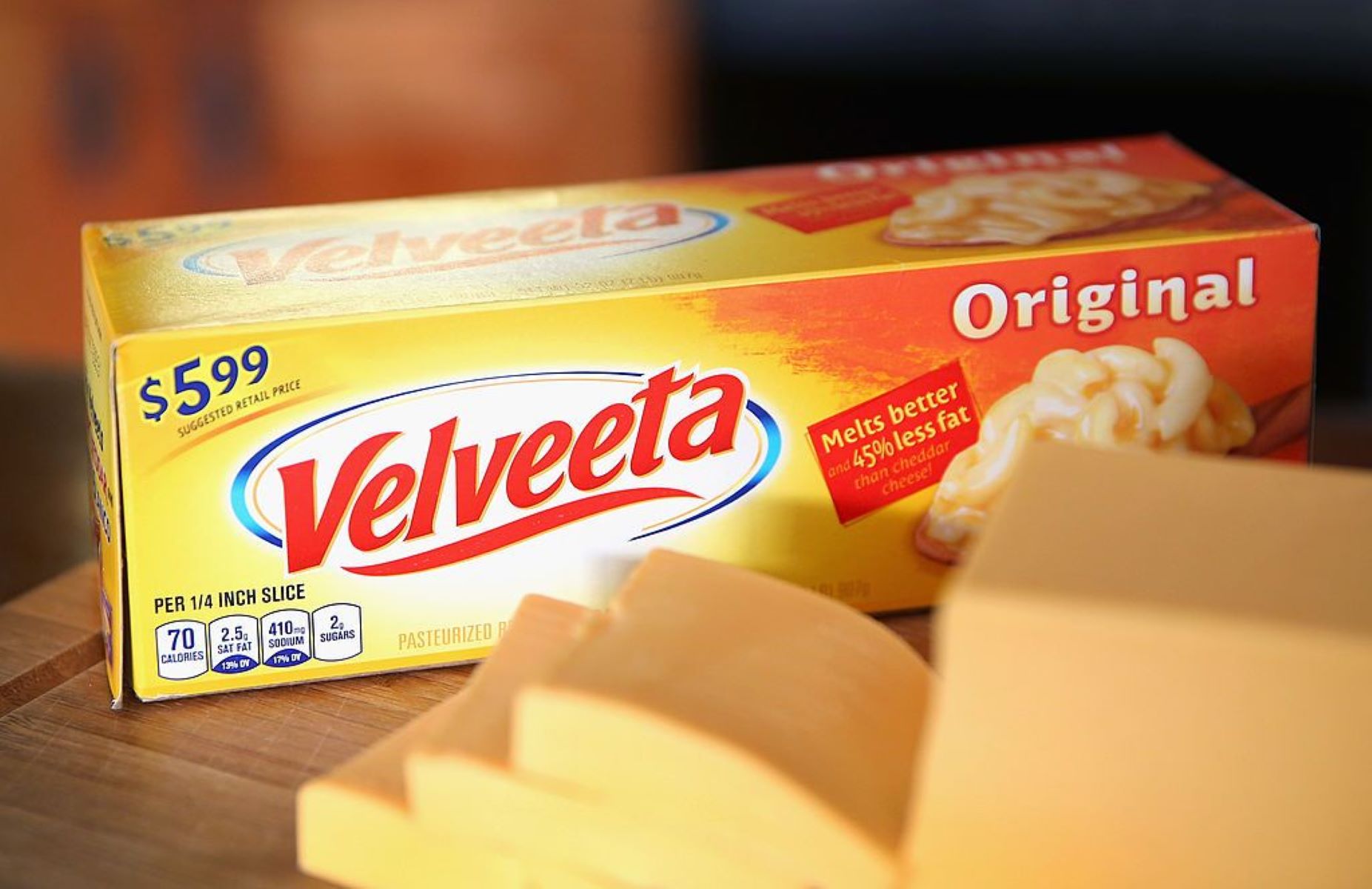


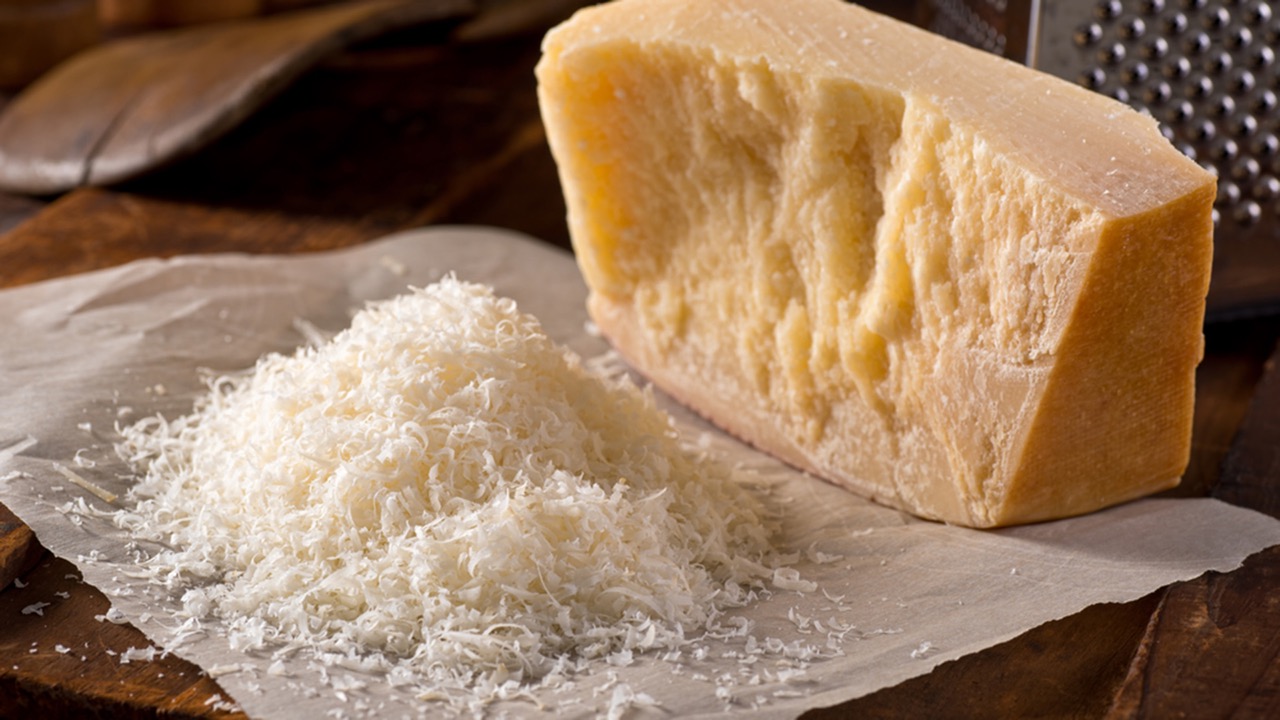
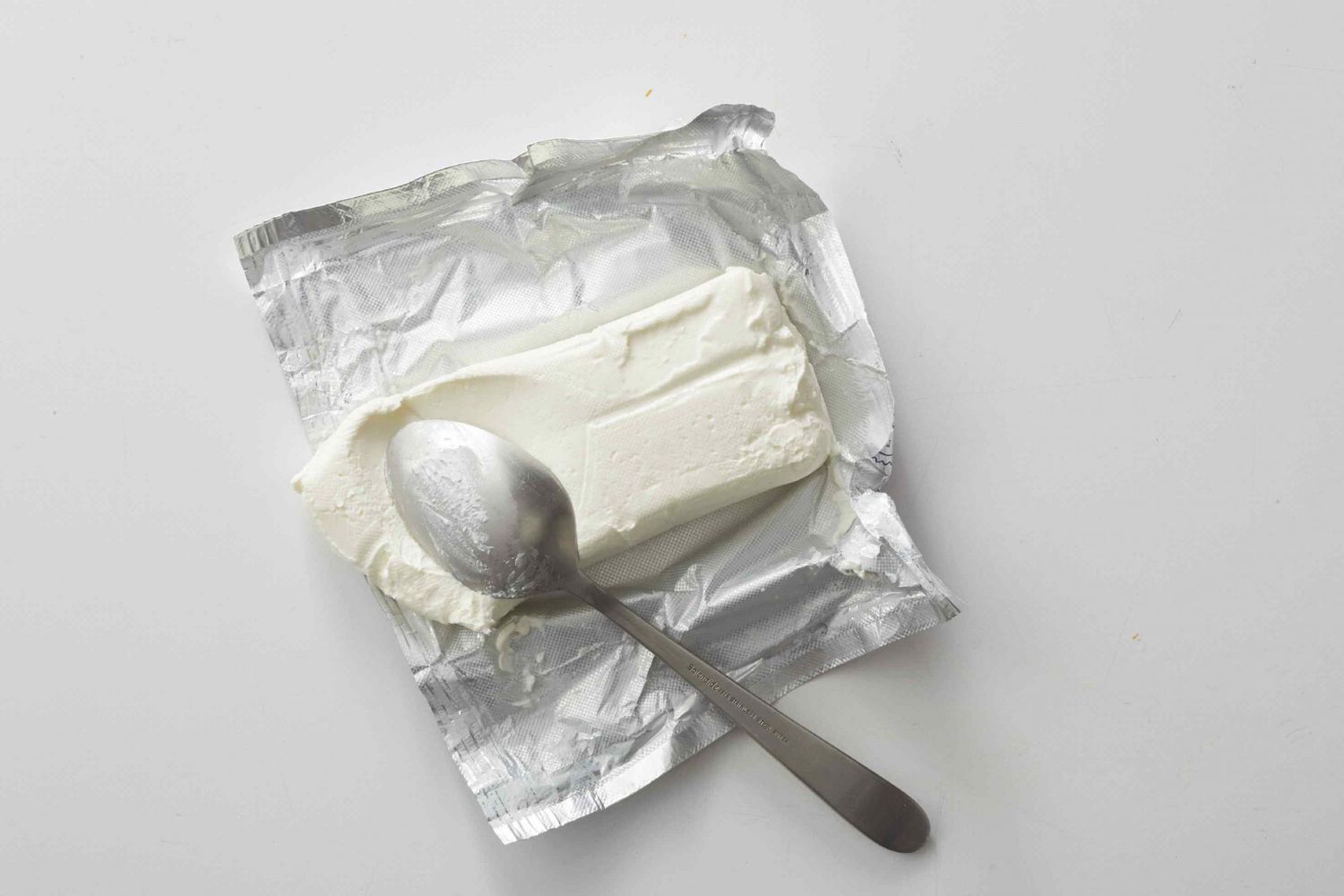
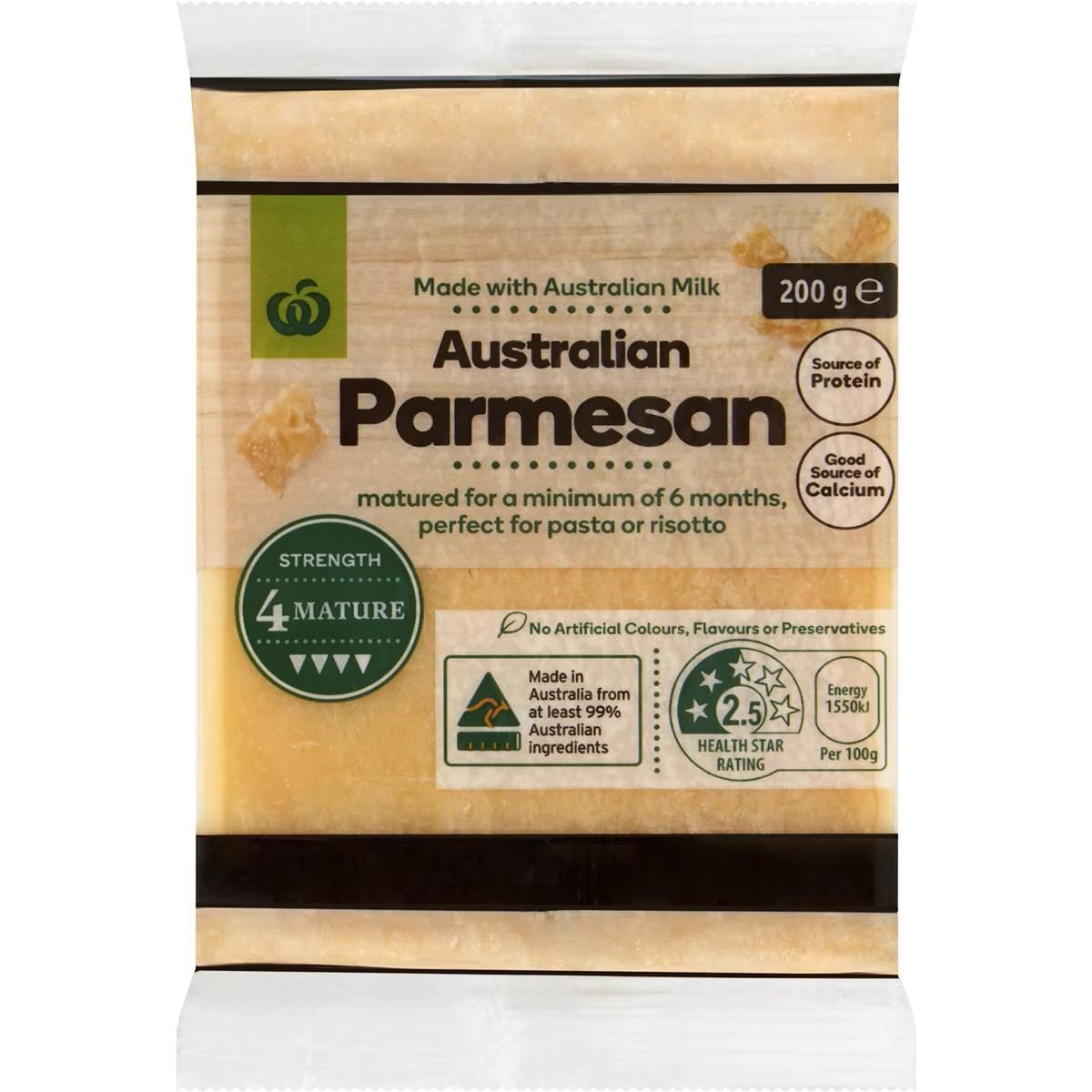

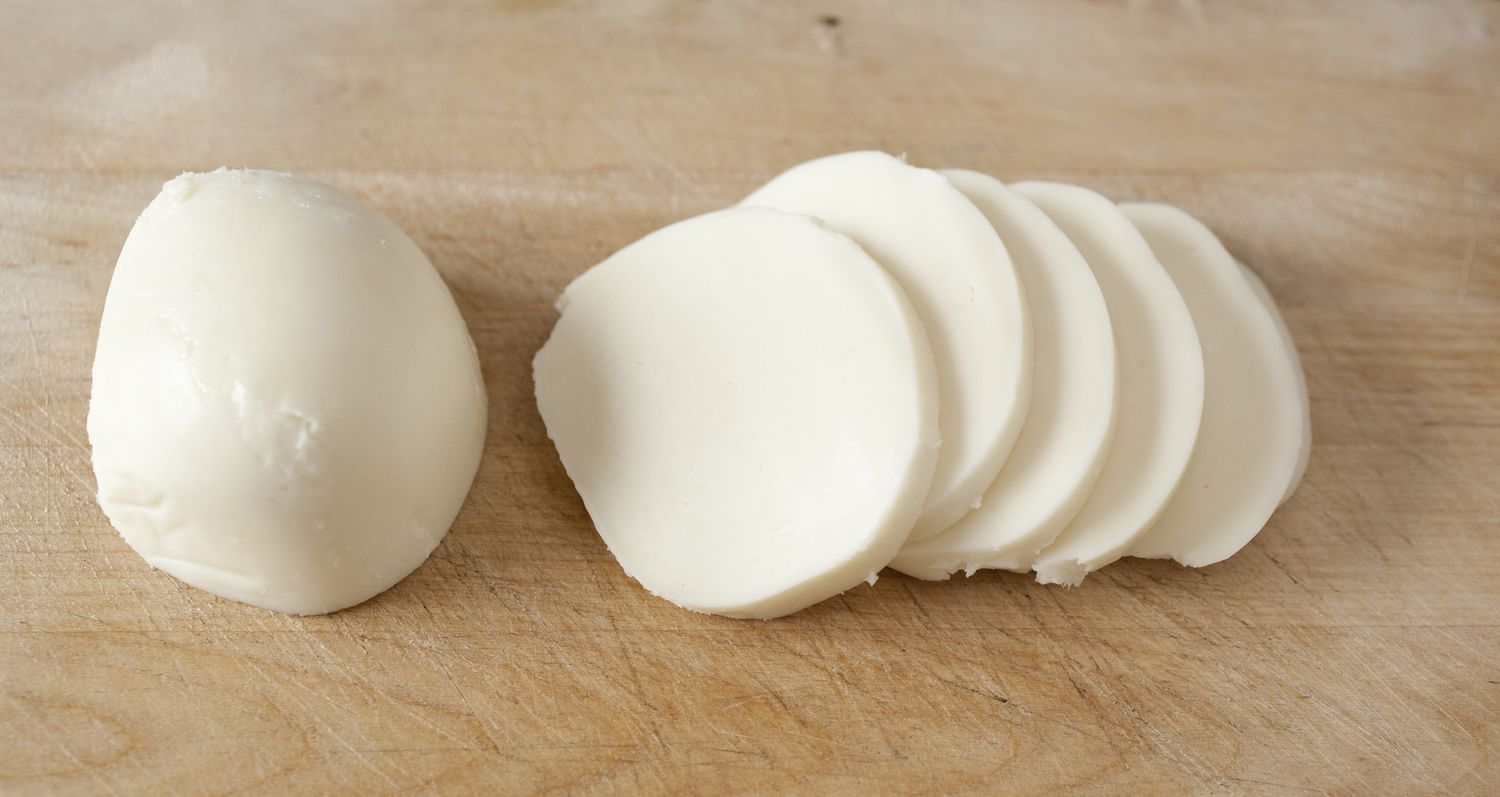






0 thoughts on “How To Store Block Cheese After Opening”